There are MAJOR SPOILERS ahead for Life is Strange: Double Exposure
Life is Strange: Double Exposure should be applauded for bringing back Max Caulfield after nearly 10 years. It is a risky choice to go back to what many consider a classic Square Enix game and give it a continuation. Indeed, whether someone liked the idea or not (as it is understandably…polarizing), it was a risk that could have paid off really well. Even if some parts didn’t gel with fans, like how Life is Strange: Double Exposure handles Arcadia Bay and Chloe, great art is impossible without great risk.
Where Life is Strange: Double Exposure drops the ball is how it undercuts that risk with some of the safest storytelling possible. As players wrap up the story of Life is Strange: Double Exposure, it feels more like a Marvel post-credit scene than any story conclusion. To bring Max back with the assertion that she will return, which has never happened in the franchise before, reeks of Marvelization. And, truth be told, I’m not a fan of the term. Marvel movies were popular for a reason, and there are certainly storytelling lessons that can be learned from it…when it fits. Multimedia universe trends are probably not going anywhere, and that makes Marvel a good example to learn from when it comes to telling how a superhero team comes together. The problem with Life is Strange: Double Exposure is that a team of superpowered individuals is antithetical to the core of “Life is Strange.”
The Life is Strange Universe Doesn’t Need to Be The ‘LSU’
It seems everywhere I turn now there is a “universe.” Sure, Life is Strange has always been a connected universe in the sense that Max, Daniel, Alex, and now Safi all exist in the same world, but those “worlds” never needed to cross because part of its storytelling is how these powers are isolating and harm relationships with others. Woven into that is plenty of social commentary, which differs per game, but the current story direction suggests it will drop this ever potent theme. The very ending sets up each of these characters to appear in the next game, and the only thing worse than that would be them NOT returning. Max is, but shouldn’t be, Captain America. It shouldn’t really happen, but the story is backed into a corner as teams of unknown characters (except for maybe a few like Diamond) would not carry the emotional weight necessary to fulfil the plot.
- Max’s powers literally traumatize her and kill either her closest relationship with another or an entire town.
- Each of Sean and Daniel’s endings are bittersweet, but it’s possible they become estranged from everyone and become career criminals.
- Alex Chen’s entire story is about navigating her isolation, her hurt, and inverts the theme a little bit, as she can overcome this isolation and bond with Haven – or leave this community behind as solo musician or with Ryan or Steph.
How the next Life is Strange game accounts for all possible endings is just a controversy waiting to happen. In some cases, it would be impossible to not outright canonize a choice, and fans would be upset even if that was the
“best ending” for each Life is Strange character
.
The LSU Civil War
Safi may be out there building her “Avengers,” but based on her discussion with Max, a civil war of sorts between superpowered individuals feels unavoidable. The problem with this Marvelization is that Civil War followed several interconnected stories, and even the first Avengers movie was only possible because of post-credit scenes that set it up. That’s what made this effective; it was always supposed to be connected. The entire point of the Life is Strange franchise is that the stories are disconnected, that these stories could apply to so many people, and to some degree, it could educate players about various walks of life through a superpower flare. Alex’s power in Life is Strange: True Colors may be empathy, but before then, that was the power of the game series. That’s out the window if Square Enix brings these characters back (and again the storytelling necessitates their return for any emotional impact whatsoever) because it changes their endings too.
Max is, but shouldn’t be, Captain America.
Life is Strange is not the MCU, but the ending of Double Exposure is a Marvel ending. Promising Max’s return (again), setting up a conflict between superpowered individuals, and having the post-credit like ending all scream Marvel, not Life is Strange. Now, I would be super happy to be proven wrong. Double Exposure got a lot right, and the plot twist surrounding Safi completely floored me. It’s entirely possible that the next Life is Strange game can tell this story without losing its core themes or identity somehow, but given that the ending of Life is Strange: Double Exposure is so heavily Marvelized and not Life is Strange-lized, it feels like hopeful doubt is warranted.
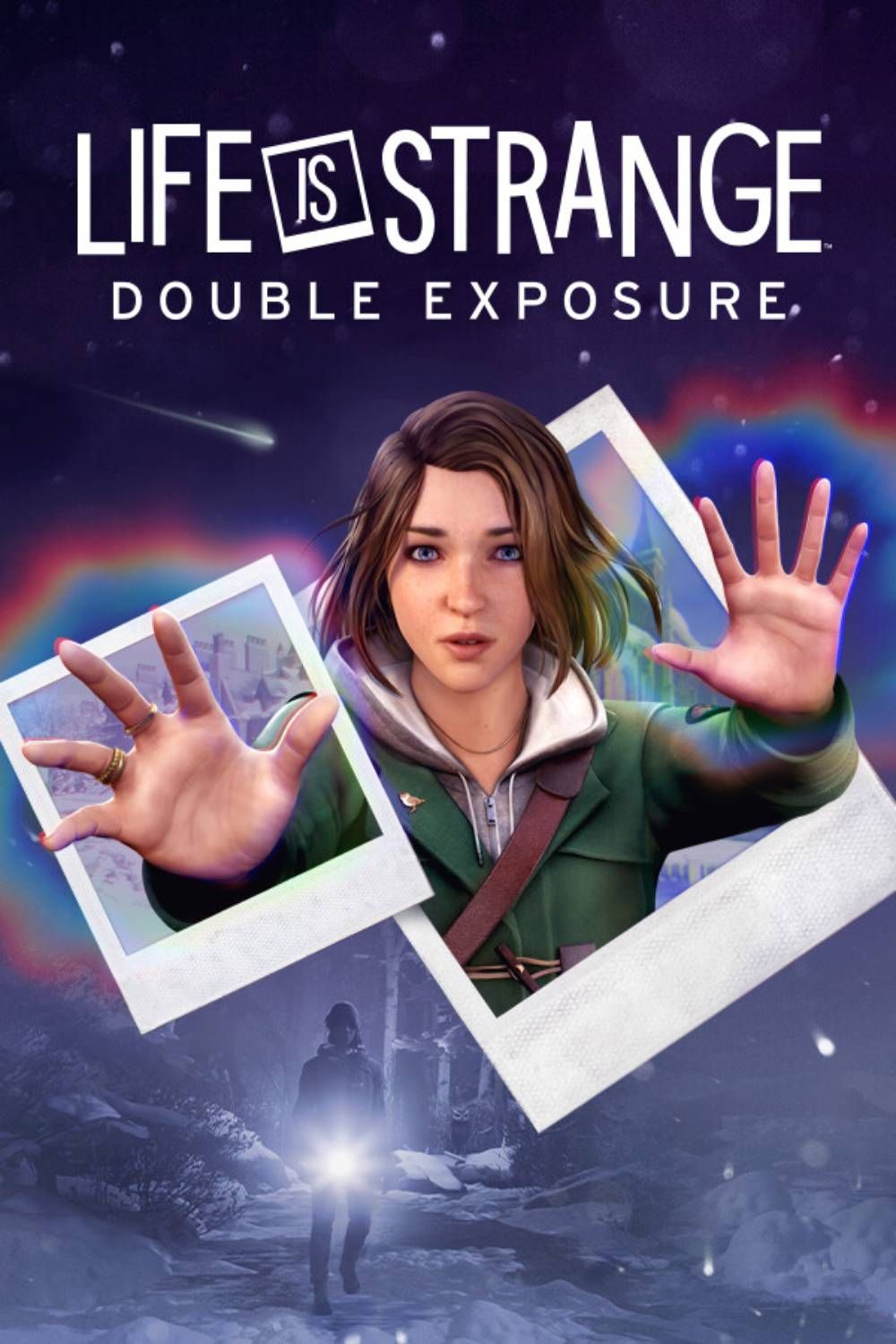
- Franchise
- Life is Strange
- OpenCritic Rating
- Fair
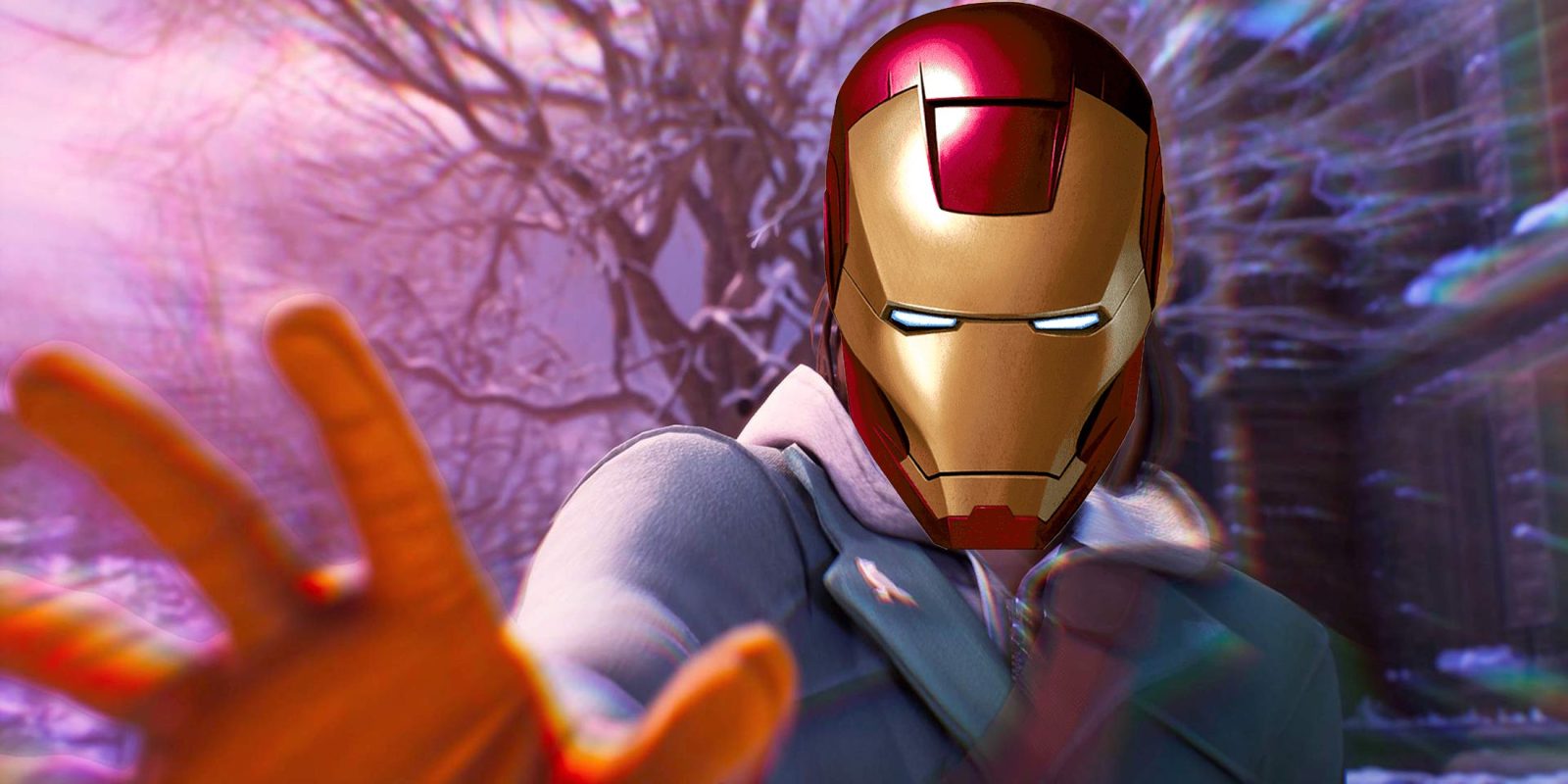

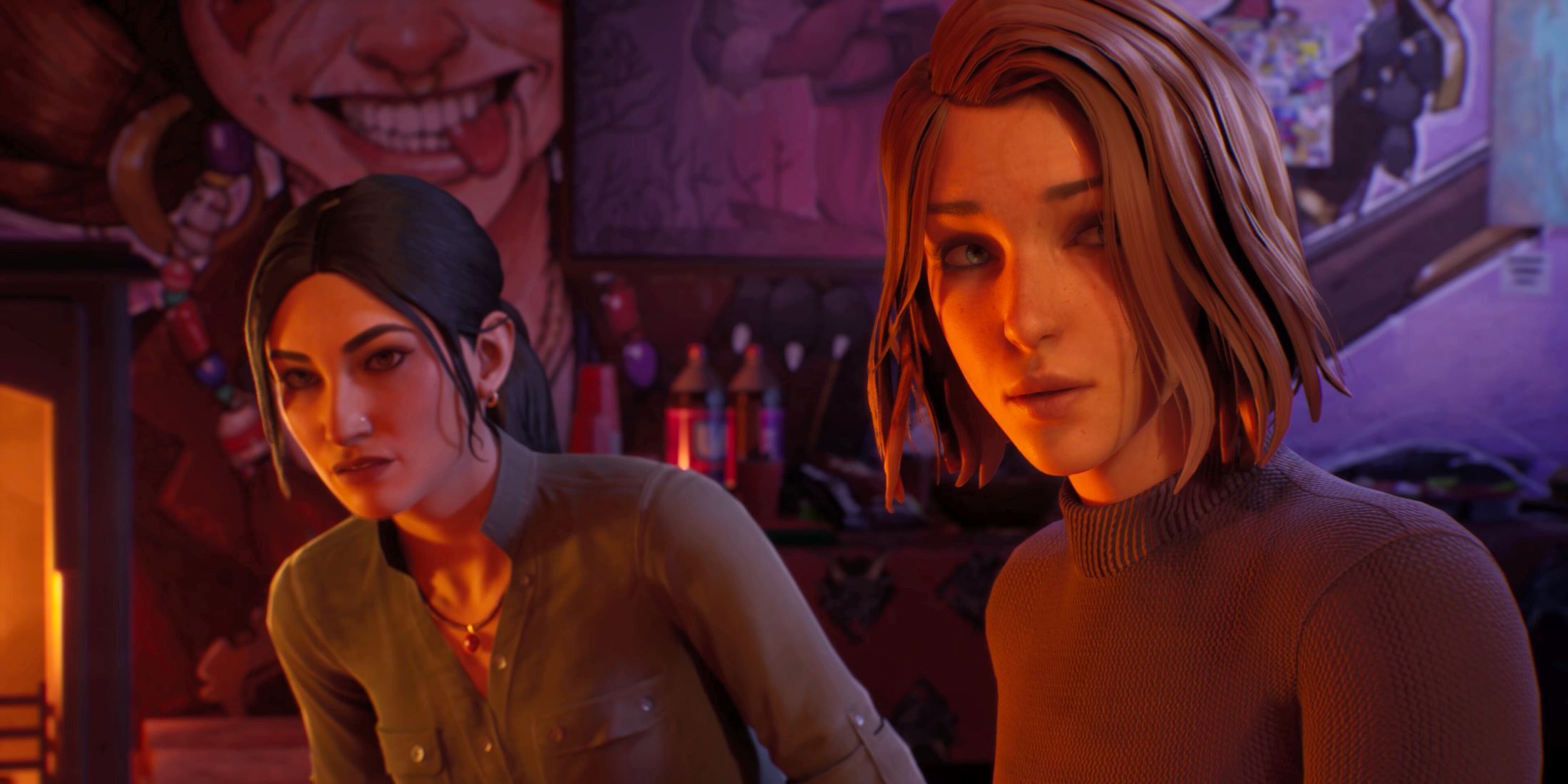


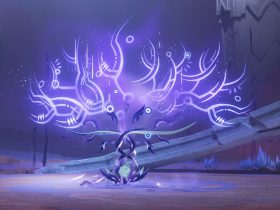




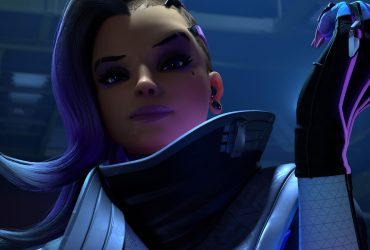
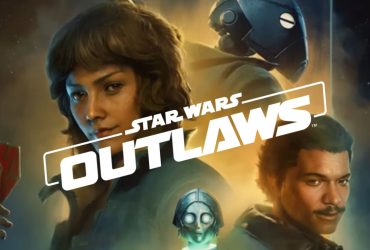

Leave a Reply